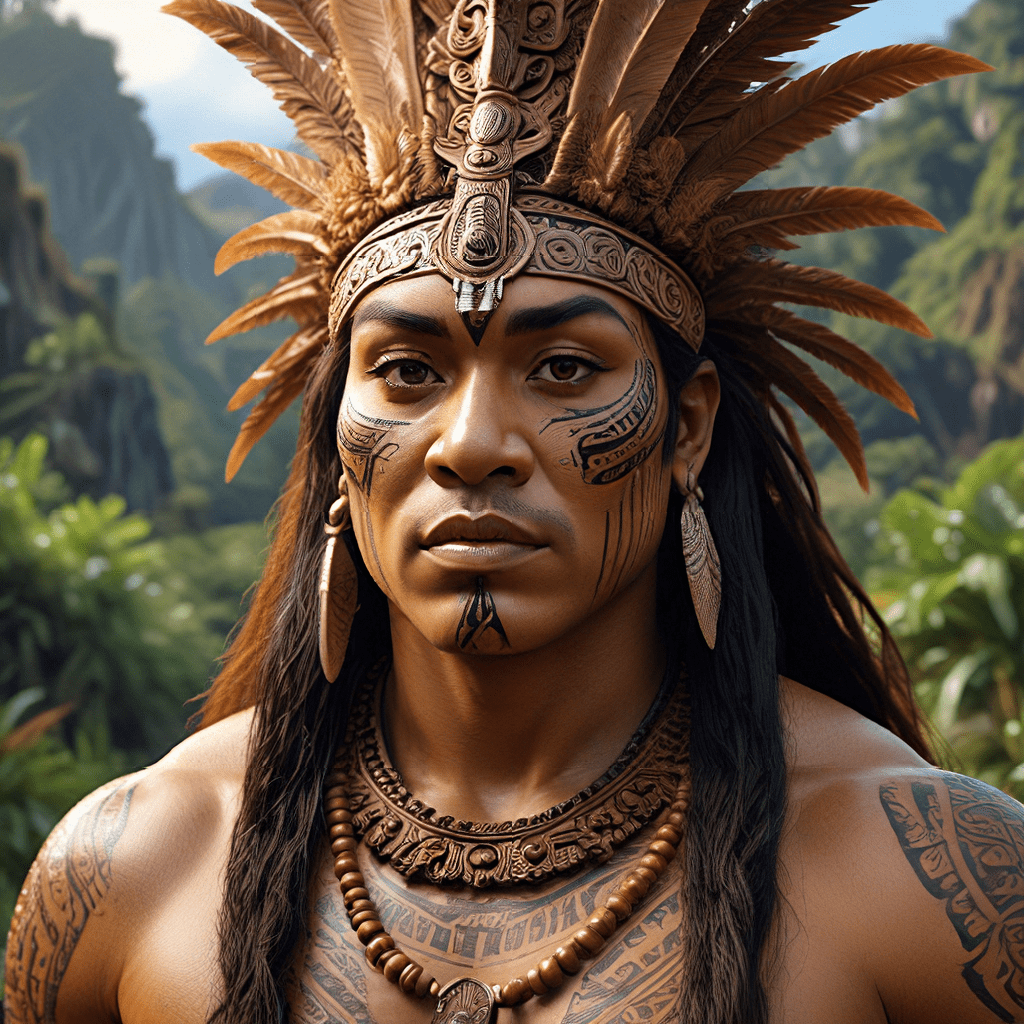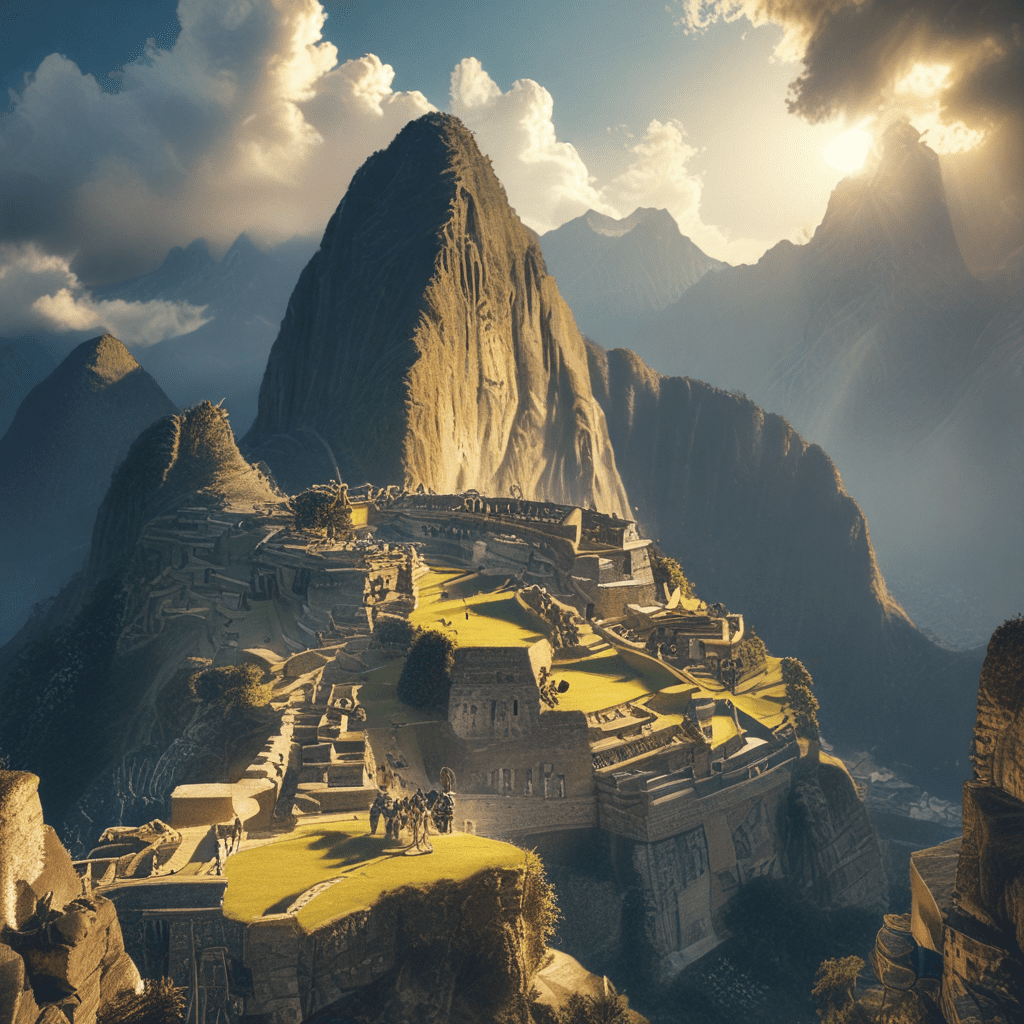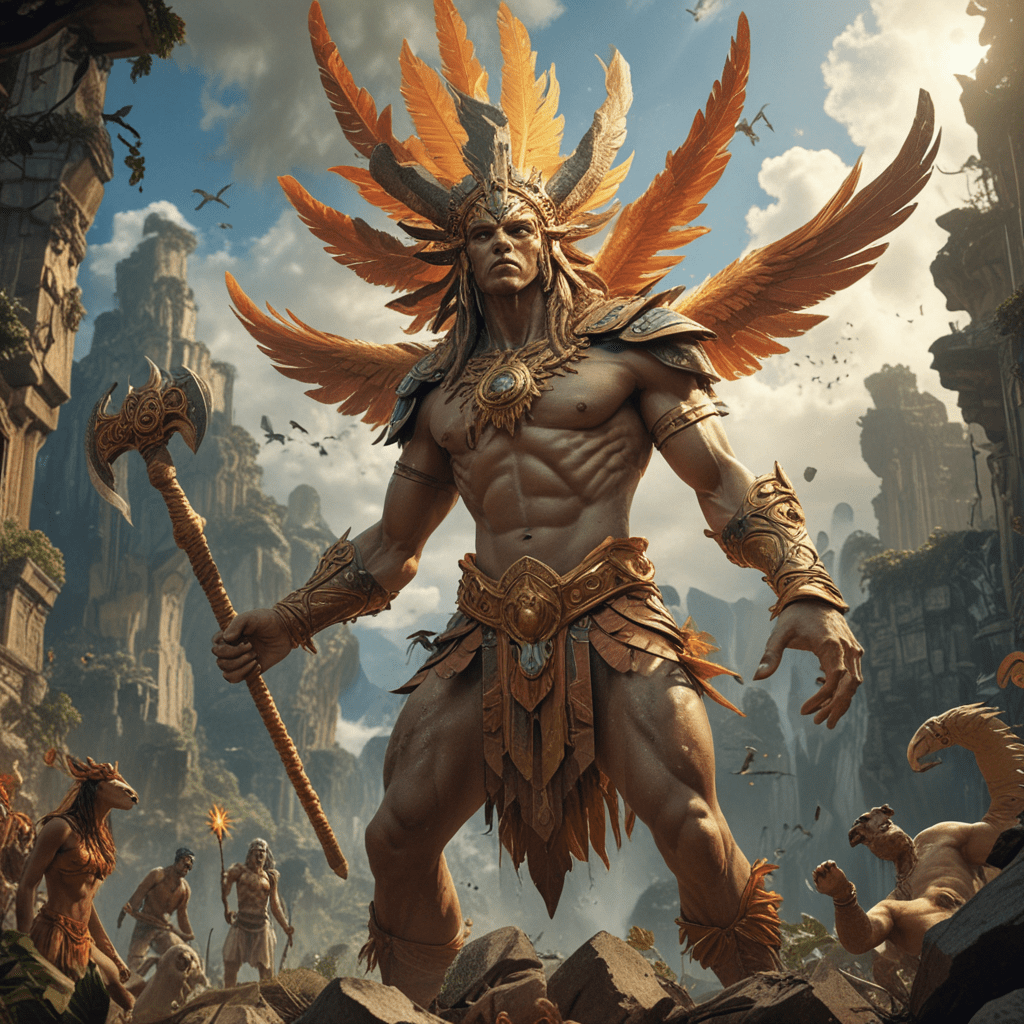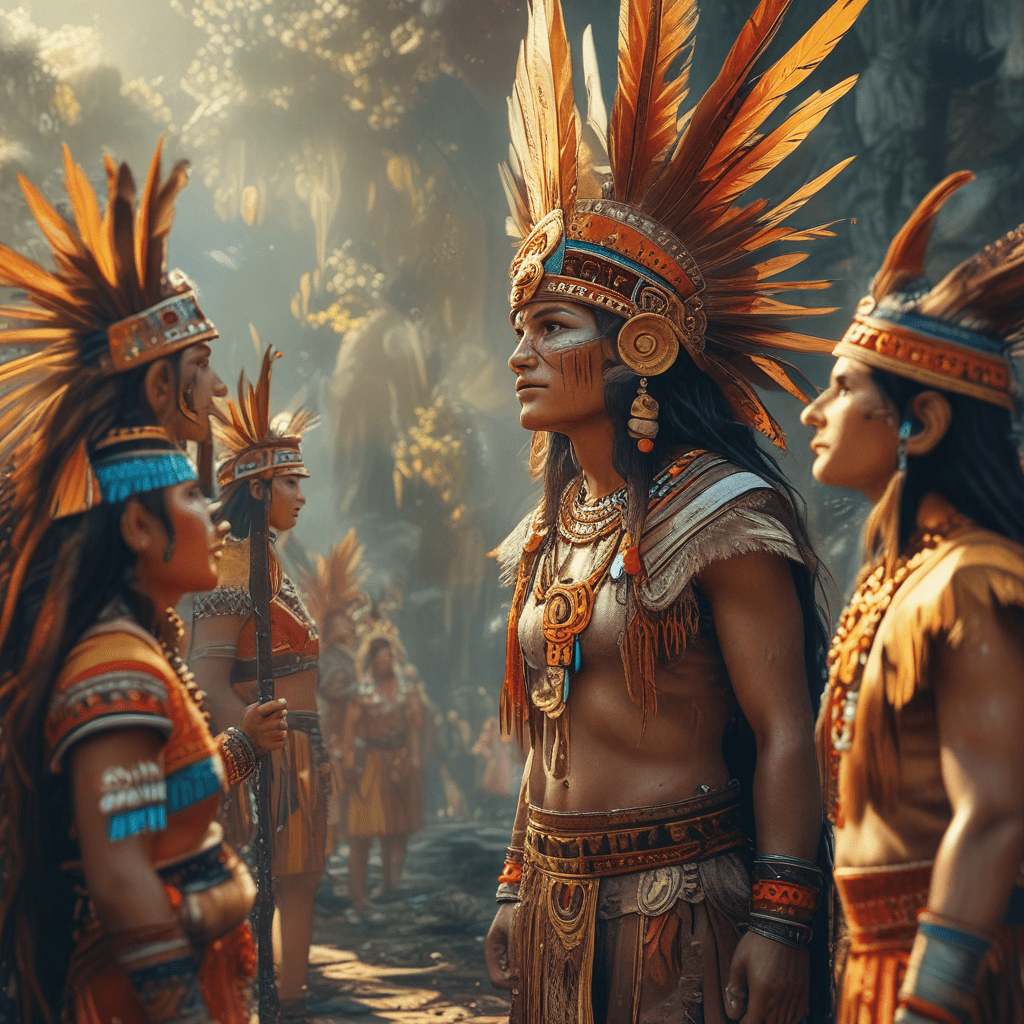Maori Mythology: A Living Tradition in the Modern World
Maori mythology, the rich tapestry of stories and beliefs passed down through generations of Maori people, continues to thrive and evolve in the modern world. These ancient tales, imbued with deep spiritual meaning and cultural significance, offer profound insights into the Maori worldview, their relationship with the natural world, and their enduring connection to their ancestors.
The Foundations of Maori Mythology: A Tapestry of Creation and Ancestry
Maori mythology is deeply rooted in the concept of whakapapa, the intricate genealogical system that connects all things, from humans to animals to the natural world, to a shared ancestry. Whakapapa provides a framework for understanding the origins of the universe, the creation of the islands of Aotearoa (New Zealand), and the lineage of the Maori people.
According to Maori mythology, the universe began with the primal deities, Rangi (the sky father) and Papa (the earth mother). Their union produced numerous offspring, including the gods of the sea, the forest, and the mountains. Eventually, the children of Rangi and Papa, yearning for freedom and space, rebelled against their parents, separating them and creating the physical world as we know it.
Maori creation stories are not merely fantastical tales; they serve as a powerful reminder of the Maori people's deep connection to their ancestral origins and their responsibility to care for the land and its resources. These stories also emphasize the importance of kinship and community, highlighting the interconnectedness of all living beings.
Key Figures and Concepts: Gods, Heroes, and the Power of the Natural World
Maori mythology is populated by a vibrant cast of gods, goddesses, demigods, and mythical creatures. Each figure holds a unique role in the cosmos, embodying different aspects of the natural world and human nature.
One of the most prominent deities is Tane Mahuta, the god of the forest, who is credited with separating the sky and the earth, allowing life to flourish. Other important figures include Tangaroa (the god of the sea), Rongo (the god of peace and agriculture), and Tu (the god of war and strength).
Maori mythology also features many heroic figures, such as Maui, the trickster god who is credited with fishing up the North Island of New Zealand, and Kupe, the legendary navigator who discovered Aotearoa. These tales of bravery, cunning, and resourcefulness serve as inspiring examples for future generations, highlighting the virtues and values that are essential to Maori culture.
Modern Adaptations of Maori Mythology in Literature and Art
Maori mythology has long served as a source of inspiration for Maori artists, writers, and musicians. In the modern era, these creative individuals continue to reinterpret and reimagine traditional tales, weaving them into contemporary works that resonate with a wider audience.
In literature, Maori authors have produced novels, poetry, and short stories that draw upon the rich themes and symbolism of Maori mythology. These works explore the complexities of Maori identity, the challenges of colonization, and the enduring power of ancestral traditions in a rapidly changing world.
Visual artists have also been inspired by Maori mythology, using traditional carving, weaving, and painting techniques to create contemporary works that express their own unique perspectives on these ancient stories.
The Role of Oral Tradition: Keeping the Stories Alive
Oral traditions have played a vital role in preserving and transmitting Maori mythology for generations. Through storytelling, song, and dance, these stories have been passed down from one generation to the next, ensuring their continued relevance and vitality.
The power of storytelling is deeply ingrained in Maori culture, serving as a means of education, entertainment, and spiritual connection. In a world where knowledge is increasingly digitized, the importance of oral traditions remains paramount, as they provide a tangible link to the past and a framework for understanding the present.
Maori Mythology in Film and Television: From Traditional Tales to Contemporary Storytelling
The power of Maori mythology has also captured the imaginations of filmmakers and television producers. From documentaries and historical dramas to fantasy films and animated series, Maori mythology has been adapted to a wide range of media formats, bringing these ancient stories to new audiences.
One of the most notable examples is the popular television series "The Lord of the Rings," which draws heavily on Maori mythology for its visual aesthetics, character archetypes, and themes of nature, ancestry, and the power of the natural world. The series' creator, J.R.R. Tolkien, was deeply influenced by the works of early 20th-century anthropologists and linguists who had studied Maori culture, particularly the writings of Edward Sapir and his theories of language and mythology.
The Impact of Colonization: Transformation and Resilience in Maori Mythology
The arrival of European colonists in New Zealand in the 18th century had a profound impact on Maori culture, including their mythology. The introduction of Christianity, the suppression of traditional practices, and the displacement of Maori people from their ancestral lands led to a period of cultural disruption and assimilation.
However, Maori mythology proved to be remarkably resilient. Through the efforts of Maori elders, storytellers, and artists, traditional stories continued to be preserved and passed down through generations. Furthermore, Maori mythology became a powerful tool for cultural resistance, providing a symbolic framework for reclaiming their identity and challenging the dominant colonial narrative.
Maori Mythology in Contemporary Politics and Social Activism
Maori mythology continues to play a significant role in contemporary politics and social activism in New Zealand. The stories of Maui, Kupe, and other heroic figures, who challenged oppressive forces and fought for the rights of their people, have inspired generations of Maori activists who are fighting for self-determination, land rights, and cultural recognition.
Maori mythology is also integral to the concept of "mana", a spiritual force that embodies strength, authority, and legitimacy. Maori leaders draw upon the concept of mana to assert their claims to sovereignty and to advocate for policies that promote the well-being of their people.
The Future of Maori Mythology: Exploring New Interpretations and Perspectives
Maori mythology is constantly evolving, with new interpretations and perspectives emerging as Maori artists, writers, and filmmakers continue to reimagine these ancient stories in the context of the modern world. These contemporary adaptations explore themes of globalization, environmentalism, and the challenges of living in a rapidly changing world.
One of the most exciting developments in the study of Maori mythology is the growing interest in the perspectives of women and marginalized groups within Maori society. By centering the experiences of these individuals, scholars are uncovering new layers of meaning and complexity within traditional stories, challenging traditional interpretations, and providing a more nuanced understanding of the multifaceted nature of Maori mythology.
The Continued Relevance of Maori Mythology in a Globalized World
In a world increasingly marked by globalization, climate change, and social unrest, the enduring relevance of Maori mythology has never been more apparent. These stories offer timeless lessons about the interconnectedness of all living beings, the importance of respect for the natural world, and the power of collective action to overcome adversity.
The themes of kinship, responsibility, and resilience that are central to Maori mythology resonate deeply with audiences across cultures and languages. As the world grapples with complex challenges, Maori mythology provides a valuable framework for understanding the past, shaping the present, and envisioning a more just and sustainable future.
FAQ:
Q: What is Maori mythology?
A: Maori mythology is the collection of ancient stories and beliefs passed down through generations of Maori people in New Zealand. These stories are imbued with spiritual meaning and cultural significance, reflecting the Maori worldview, their relationship with the natural world, and their connection to their ancestors.
Q: What is the significance of whakapapa in Maori mythology?
A: Whakapapa is the intricate genealogy system that connects all things, from humans and animals to the natural world, to a shared ancestry. It provides a framework for understanding the origins of the universe, the creation of New Zealand, and the lineage of the Maori people. Whakapapa emphasizes the interconnectedness of all life and the importance of kinship and community.
Q: What are some key figures in Maori mythology?
A: Prominent figures include:
- Tane Mahuta: The god of the forest, credited with separating the sky and earth.
- Tangaroa: The god of the sea.
- Rongo: The god of peace and agriculture.
- Tu: The god of war and strength.
- Maui: The trickster god who fished up the North Island of New Zealand.
- Kupe: The legendary navigator who discovered Aotearoa (New Zealand).
Q: How has Maori mythology been impacted by colonization?
A: Colonization brought profound changes, including the suppression of traditional practices, the introduction of Christianity, and the displacement of Maori people from their lands. However, Maori mythology proved resilient. It became a powerful tool for cultural resistance, helping to reclaim Maori identity and challenge colonial narratives.
Q: What is the future of Maori mythology?
A: Maori mythology continues to evolve, with new interpretations and perspectives emerging. Contemporary artists, writers, and filmmakers are reimagining these ancient stories in the context of the modern world. New areas of focus include globalization, environmentalism, and the challenges of living in a rapidly changing world. The future of Maori mythology is characterized by ongoing adaptation, revitalization, and a growing appreciation for its enduring relevance in a globalized world.




